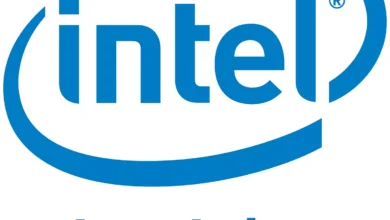Exploring the Versatility of All-in-One Computers and the Power of Desktop Workstations

In the ever-evolving landscape of computing, users are presented with a myriad of options to suit their diverse needs. Among these options, two prominent choices stand out: all-in-one (AIO) computers and traditional desktop workstations. Each offers unique features and benefits, catering to different preferences and requirements. In this guest post, we’ll delve into the versatility of all-in-one computers and the power of desktop workstations, helping you navigate through the decision-making process to find the ideal solution for your computing needs.
All-in-One Computers: Integration and Elegance
All-in-one computers represent the epitome of integration, combining the functionality of a desktop computer into a single, sleek unit. With the monitor, CPU, and other components housed within the same enclosure, AIOs offer a space-saving solution that’s perfect for home offices, classrooms, and other environments where desk space is limited.
One of the key advantages of all-in-one computers is their minimalist design. By eliminating the need for separate towers and cables, AIOs provide a clutter-free workspace, enhancing aesthetics and promoting a clean and organized environment. Their sleek and modern appearance makes them a popular choice for users who value both style and functionality.
Despite their compact form factor, all-in-one computers boast impressive performance capabilities, suitable for a wide range of tasks, from web browsing and productivity applications to multimedia editing and casual gaming. With options available from entry-level configurations to high-end models, users can choose the specifications that best fit their needs and budget.
Desktop Workstations: Power and Customization
While all-in-one computers excel in integration and aesthetics, traditional desktop workstations offer unparalleled power and customization options, making them the preferred choice for users with demanding computing requirements.
Desktop workstations consist of separate components, including a tower, monitor, keyboard, and mouse, allowing for extensive hardware customization and upgradeability. From high-performance processors and graphics cards to abundant storage options and advanced cooling solutions, desktop workstations offer the flexibility to tailor your system to meet your specific needs, whether you’re a professional content creator, gamer, or enthusiast.
Another advantage of desktop workstations is their scalability. As technology advances and your computing needs evolve, desktop towers can be easily upgraded with newer components to keep pace with the demands of modern applications and workflows. Whether you’re editing high-resolution videos, running complex simulations, or gaming at the highest settings, a desktop workstation provides the horsepower and versatility to tackle any task with ease.
Choosing the Right Solution
When it comes to selecting between an all-in-one computer and a desktop workstation, the decision ultimately boils down to your individual preferences, usage scenarios, and priorities.
If you value space-saving design, simplicity, and integrated functionality, an all-in-one computer may be the perfect choice for your home or office setup. On the other hand, if you require maximum performance, customization options, and upgradeability, a desktop workstation offers the power and flexibility to meet your computing needs, both now and in the future.
Whichever option you choose, rest assured that both all-in-one computers desktop workstations represent innovative solutions that cater to a wide range of users, ensuring that you can find the perfect workstation setup to unleash your creativity, productivity, and passion for technology.




